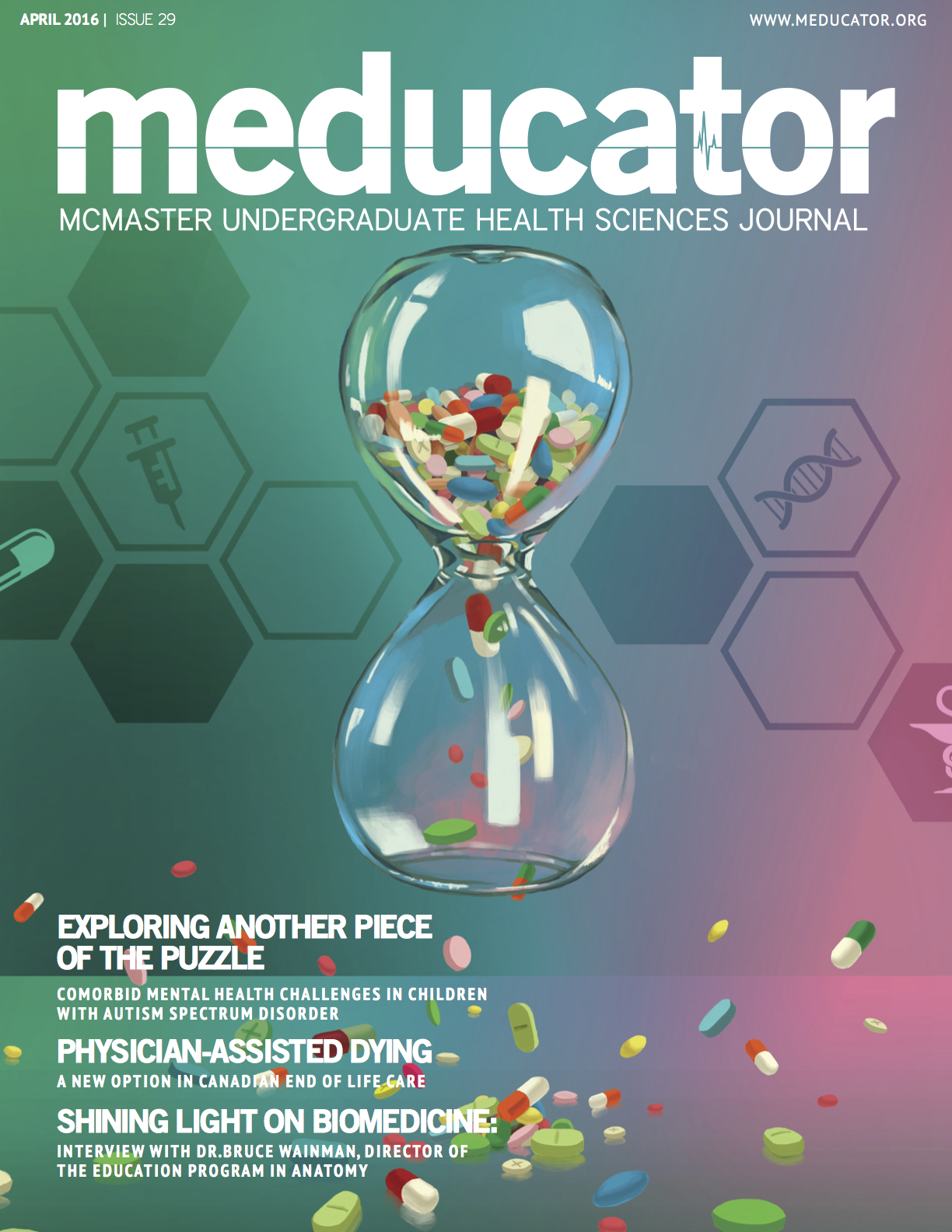Managing Chronic Diseases in the Dominican Republic
DOI:
https://doi.org/10.15173/m.v1i29.1128Abstract
Chronic conditions and diseases, such as heart disease, stroke, and cancer significantly influence health status around the world.1 By 2020, an estimated 75% of deaths will be caused by chronic diseases, with an estimated 80% of these deaths occurring in low to middle-income countries (LMICs).1,2 Furthermore, problems with chronic disease are exacerbated by socioeconomic and geopolitical factors.3
An example of an LMIC burdened with chronic diseases is the Dominican Republic (DR), where non-communicable diseases account for about 70% of deaths each year.4 The DR is located on the island of Hispaniola, which is shared with Haiti. Despite their geographical proximity, the two countries are vastly different with regards to development, with the DR placing over 50 countries above Haiti on the United Nations (UN) Human Development Index.5 This disparity leads to the migration of many Haitian workers to the DR. A large portion of the Haitian migrants work in the sugar industry as laborers. In fact, approximately 85% of sugarcane workers in the DR are from Haiti.6
The sugarcane workers are primarily housed in batey communities. A batey is an underdeveloped village located near sugar cane fields, built by large multi-national sugar production companies. These villages are severely underfunded, which gives rise to a variety of health and quality of life issues. Common conditions found among batey inhabitants include gastroesophageal reflux disease, hypertension, and upper respiratory infections.7 Given that many Haitian residents are paid extremely low wages and have limited access to many social services, the burden of these health problems is amplified greatly. There have been many attempts to address these problems by both local and foreign aid teams. However, many factors complicate the provision of chronic disease management, such as care aversive behavior and difficulties with achieving continuity of care.
References
Strong K, Mathers C, Epping-Jordan J, Beagle- hole R. Preventing chronic disease: a priority for global health. Int J Epidemiol. 2006 Apr 1;35(2):492–4.
WHO | 2. Background [Internet]. WHO. [cited 2016 Jan 29]. Available from: http://www.who. int/nutrition/topics/2_background/en/
Paradis G, Chiolero A. The Cardiovascular and Chronic Diseases Epidemic in Low- and Middle- Income Countries, A Global Health Challenge. J
Am Coll Cardiol. 2011 Apr 26;57(17):1775–7.
WHO | Global status report on noncommunica- ble diseases 2014 [Internet]. WHO. [cited 2016 Jan 29]. Available from: http://www.who.int/ nmh/publications/ncd-status-report-2014/en/
Hdr.undp.org. | Human Development Reports [Internet]. 2016 [cited 10 February 2016]. Avail- able from: http://hdr.undp.org/en/countries
Refworld | World Directory of Minorities and
Indigenous Peoples - Dominican Republic: Haitians [Internet]. Refworld. [cited 2015 Nov 2]. Available from: http://www.refworld.org/ docid/49749d2e21.html
Ferrara BJ, Townsley E, MacKay CR, Lin HC, Loh LC. Short-Term Global Health Education Programs Abroad: Disease Patterns Observed in Haitian Migrant Worker Communities Around La Romana, Dominican Republic. Am J Trop Med Hyg. 2014 Nov 5;91(5):871–5.


